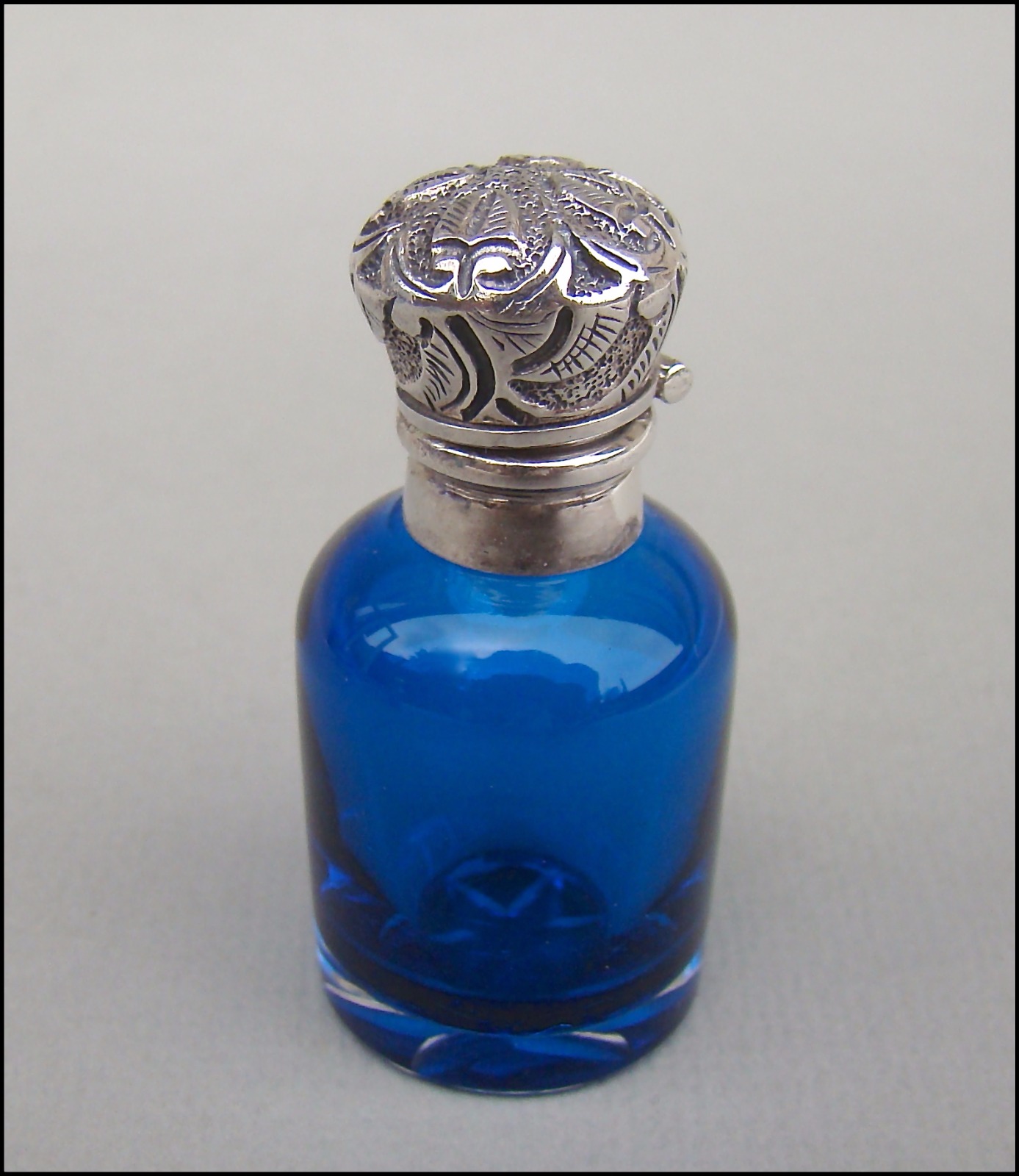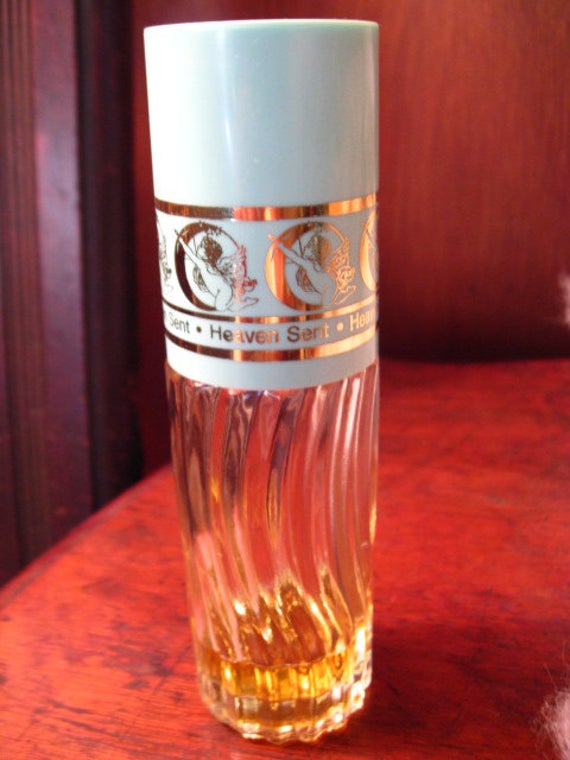Hyacinths are deservedly one of the most popular bulbs for fall planting. They owe their fame to two definite qualifications: In the first place, they produce probably more perfume than any other comparable plant; secondly, very few flowers can compete with the soft and pure colors of the hyacinth. Also interesting is the fact that hyacinths can be grown either in the outdoor garden or forced indoors either in pots or in regulation hyacinth glasses.
It was the old-fashioned way of doing things to restrict hyacinths to formal patterns in the garden. This is no longer true. Today, as a matter of fact, these plants perform superbly in borders, beds and even in drifts wherever an accent of color is required. For best effects, however, plant at least 10 or 12 bulbs in each drift.

One of the most important parts of hyacinth growing consists of selecting the right varieties. While the bulbs are often sold by color it is advisable to know the better types. There are, for example, various shades of every color and a great deal of difference exists between a light blue and a dark blue hyacinth.
Dealers this year are stocking a few new varieties. While slightly more expensive there is a real gardening thrill in, trying something novel. Indigo King has large trusses of deep violet purple flowers characterized by a spicy fragrance. La Grandesse is perhaps the showiest white hyacinth of all time. Jan Bos is a splendid deep red, excellent for forcing and also holding up well outdoors.
Some of the old favorites include: King of the Blues, very dark blue; City of Harlem, a soft, yellow; Lady Derby, a beautiful rose-pink; Queen of the Pinks, a very bright pinkish-rose and Grand Maitre, lavender.
These are some of the best brand of perfumes to have come out in recent times and their appeal keeps getting better with the passage of time which is why they have acquired iconic status and encourages people to learn more about it.
One of the most exciting forms of indoor gardening is raising hyacinths in regulation hyacinth glasses. The transparent surface of the container makes it possible to watch the development, including the roots, at all stages up to maturity. Also the plant will prove a splendid decoration.
Now available are hyacinth sets which include a large exhibition size bulb, a glass vase, a small package of charcoal for keeping the water fresh and a paper cone to fit over the top of the vase. The purpose of the cone is to protect the plant from the light.
Before planting the bulb its base should be thoroughly scraped to remove all dead roots and other decayed material. The glass should be filled with water so that the bottom of the bulb just barely touches it. If a large part of the bulb is submarged rotting may occur. The plant should be kept in total darkness until the buds are about four inches high. Then introduce to light but keep the top growth covered with the paper cone. When the flowers show color the paper cone may be removed and complete exposure to light be allowed.

Hyacinths can also be grown indoors in pots or in pure water, the bulbs being supported by pebbles or some comparable support. Bulb fibre may also be used, this mixture containing peat moss, charcoal and other adequate materials. Before planting in peat the material should be soaked and then all excess moisture squeezed out.
In the outdoor garden the large-sized bulbs are not necessary. The bedding size will prove ideal for most locations. This size usually measures from 16 to 17 centimeters. The same range of color is available as in the giant exhibition sizes.
Outdoor hyacinths do well in a light soil if thoroughly enriched. You can use manures only if they are thoroughly decomposed. Fresh manures will certainly burn the tender tissues of the bulb. Perhaps, the safer method of preparing the soil is to add liberal quantities of peat. Bulb foods are now put out by fertilizer companies which are splendid. Bone meal if mixed with the soil prior to planting will pay big dividends.

